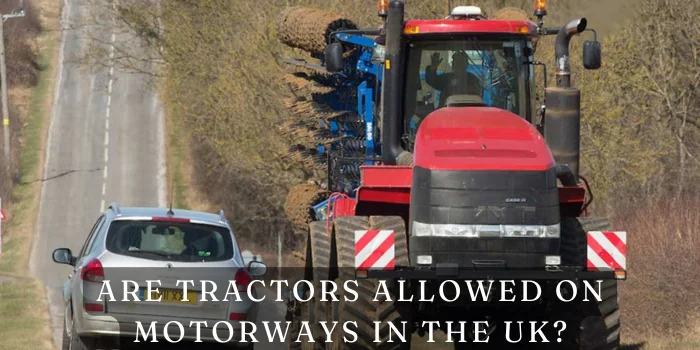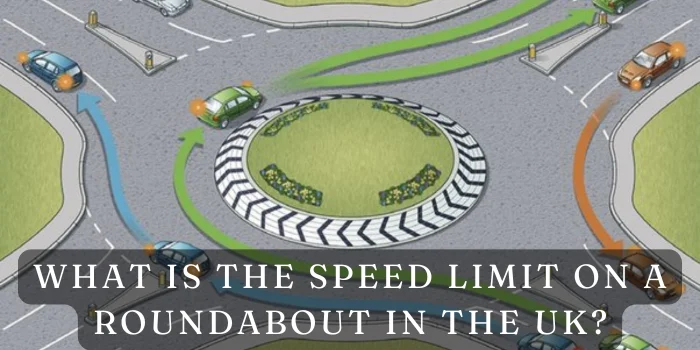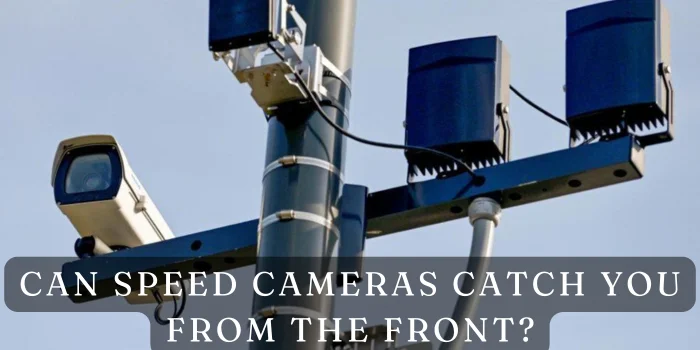Most Dangerous Roads in the UK Monitored by Cameras
The UK has an extensive road network, connecting bustling cities, quiet countryside, and coastal areas. However, some roads are significantly more dangerous than others due to high-speed limits, sharp turns, poor weather conditions, and heavy congestion. To combat these risks, authorities have installed speed cameras and surveillance systems to monitor driver behavior and enforce road safety laws.
In this article, we’ll explore the most dangerous roads in the UK, why they pose risks, and how traffic cameras help reduce accidents.
Why Are Some UK Roads More Dangerous?
Certain roads have a higher accident rate than others due to a combination of factors:
- High traffic volume – Roads like the M25 experience thousands of vehicles daily, increasing collision risks.
- Unpredictable weather – Some roads, particularly in Scotland and northern England, are prone to fog, ice, and snow.
- Challenging road design – Sharp bends, steep inclines, and sudden merges make driving more difficult.
- Speeding and reckless driving – Many accidents are caused by drivers ignoring speed limits or overtaking dangerously.
How Traffic Cameras Help Reduce Accidents
Cameras play a crucial role in keeping roads safer. Here’s how they help:
- Speed Control – Knowing cameras are watching, drivers tend to slow down and obey limits.
- Enforcing Road Laws – Cameras record reckless drivers, leading to Penalties or mandatory driving courses.
- Accident Prevention – With fewer speeding incidents, accident rates drop significantly.
Now, let’s look at the most dangerous roads in the UK that are closely monitored by traffic cameras.
Top Most Dangerous Roads in the UK Monitored by Cameras
1. A1 – The Great North Road
One of the longest roads in the UK, the A1 stretches from London to Edinburgh. It has many accident hotspots due to its mixed road types, including single and dual carriageways.
High Speeds and Dangerous Intersections
- The Grantham to Newark stretch has a high crash rate.
- The Black Cat Roundabout is notorious for accidents.
- High-speed sections often lead to severe collisions.
2. M25 – London Orbital Motorway
Circling London, the M25 is one of the busiest motorways in the UK. Heavy congestion and impatient drivers make this road particularly dangerous.
Overcrowding and Frequent Accidents
- The Dartford Tunnel experiences daily traffic jams.
- Heathrow Airport sections see frequent crashes due to lane changes.
- Speed cameras enforce strict monitoring in accident-prone areas.
3. A282 Dartford Crossing
A vital link across the River Thames, the A282 is plagued by congestion and sudden braking, increasing accident risks.
Heavy Traffic and Sudden Stops
- Southbound congestion leads to rear-end collisions.
- Toll booths cause unpredictable stop-and-go traffic.
4. A9 – Scotland’s Deadliest Road
Known for harsh weather conditions and high speeds, the A9 is one of Scotland’s most dangerous roads. Authorities have installed average speed cameras to reduce accidents.
Harsh Weather and Speeding Concerns
- Snow and ice make driving treacherous in winter.
- Single-lane sections cause dangerous overtaking attempts.
5. M6 – The Backbone of Britain
Spanning from the Midlands to Scotland, the M6 is notorious for heavy congestion, high-speed collisions, and roadworks.
Congestion and High-Speed Collisions
- The Birmingham section (Spaghetti Junction) is an accident hotspot.
- Speed cameras monitor risky overtaking zones.
6. A14 – East of England’s Hazardous Route
Connecting the Midlands to East Anglia, the A14 is known for dangerous lane merges and sudden speed changes.
Dangerous Lane Merges and Speeding Risks
- The stretch between Cambridge and Huntingdon is closely monitored by cameras.
- Sharp bends and lane changes lead to accidents.
7. M62 – The Trans-Pennine Route
Crossing the Pennines, the M62 is notorious for bad weather and treacherous road conditions.
Fog, Snow, and Steep Inclines
- The high-altitude section near Saddleworth Moor is prone to snow and ice.
- Frequent speed cameras help control reckless driving.
8. A303 – The Infamous Stonehenge Route
The A303 sees heavy traffic as tourists flock to Stonehenge. Reckless overtaking and tailbacks make it a risky road.
Reckless Overtaking and Traffic Delays
- Single-lane sections cause driver frustration and risky maneuvers.
- Speed cameras help curb dangerous driving behavior.
Additional UK Roads That Require Caution
While the roads above are the most dangerous, several others also require extra Caution:
- A5 – A historic route with poor visibility and sharp bends.
- A50 – High speeds and narrow lanes make this road accident-prone.
- M1 – One of the UK’s busiest motorways with frequent roadworks and speed restrictions.
Other Measures to Improve Road Safety
Aside from cameras, other road safety measures are essential:
- Better Signage – Warning drivers about upcoming hazards.
- Road Repairs – Fixing potholes and poor road surfaces.
- Driver Education – Encouraging responsible driving through awareness campaigns.
Final Thoughts on Road Safety
Driving in the UK presents unique challenges, particularly on roads with heavy traffic, sharp bends, and unpredictable weather conditions. While speed cameras, road signs, and other safety measures play a crucial role in reducing accidents, the ultimate responsibility for road safety lies with drivers. By staying vigilant, adhering to traffic regulations, and driving defensively, motorists can significantly reduce the risk of collisions and ensure a safer experience for all road users.
One of the most important aspects of road safety is awareness. Many accidents occur due to distractions such as mobile phone use, fatigue, or simply failing to anticipate the actions of other drivers. Keeping your full attention on the road, checking mirrors frequently, and maintaining a safe following distance can make a significant difference in preventing crashes.
FAQs
1. What is the most dangerous road in the UK?
The A1 and M25 are among the most hazardous due to heavy traffic and high accident rates.
2. How do speed cameras work?
Speed cameras detect vehicles exceeding the speed limit and issue fines or penalties accordingly.
3. Are all speed cameras active 24/7?
Not all cameras are active at all times, but it’s best to assume they are to drive safely.
4. How can I check if a road has speed cameras?
Many navigation apps and UK road safety websites provide updated lists of camera locations.
5. What should I do if I’m caught speeding by a camera?
You may receive a fine or points on your license. In some cases, you can take a speed awareness course instead of receiving points.





